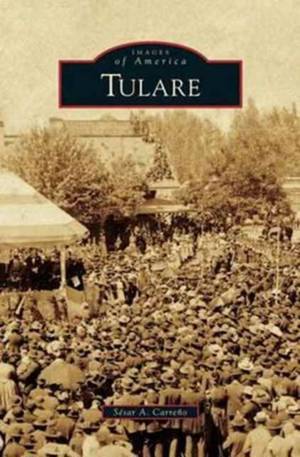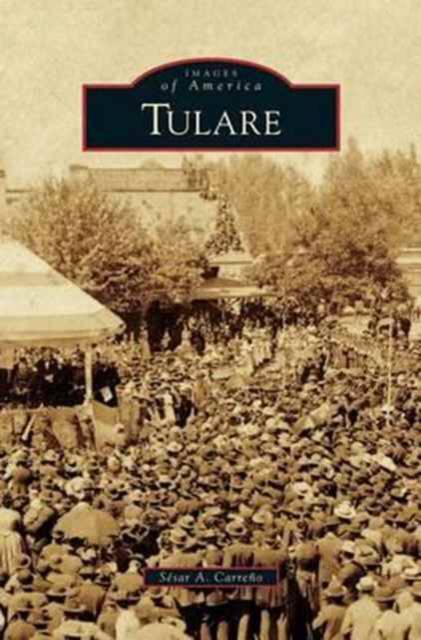
- Afhalen na 1 uur in een winkel met voorraad
- Gratis thuislevering in België vanaf € 30
- Ruim aanbod met 7 miljoen producten
- Afhalen na 1 uur in een winkel met voorraad
- Gratis thuislevering in België vanaf € 30
- Ruim aanbod met 7 miljoen producten
Zoeken
Omschrijving
Today's Tulare is a modern bedroom community, home to more than 60,000 people in the heart of California's great San Joaquin Valley. Few, however, remember Tulare's historic frontier and railroad days. Tulare was originally founded by the Southern Pacific Railroad as the terminal for its southern division. Interestingly enough, the railroad billed Tulare as the future county seat. Sadly, in 1891, Southern Pacific moved the roundhouse and machine shops to Bakersfield and the division headquarters to Fresno. In spite of this crippling event, Tulare has managed to reinvent itself from a rough-and-tumble frontier town to an agricultural bedroom community. This book showcases some of Tulare's more well-known images from the 1880s up until today, capturing its development from railroad town to the modern era.
Specificaties
Betrokkenen
- Auteur(s):
- Uitgeverij:
Inhoud
- Aantal bladzijden:
- 130
- Taal:
- Engels
Eigenschappen
- Productcode (EAN):
- 9781531675615
- Verschijningsdatum:
- 16/12/2013
- Uitvoering:
- Hardcover
- Formaat:
- Genaaid
- Afmetingen:
- 170 mm x 244 mm
- Gewicht:
- 412 g

Alleen bij Standaard Boekhandel
+ 88 punten op je klantenkaart van Standaard Boekhandel
Beoordelingen
We publiceren alleen reviews die voldoen aan de voorwaarden voor reviews. Bekijk onze voorwaarden voor reviews.











